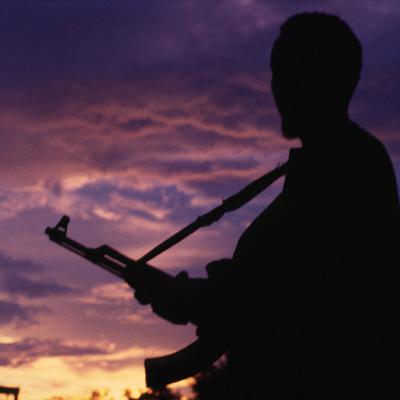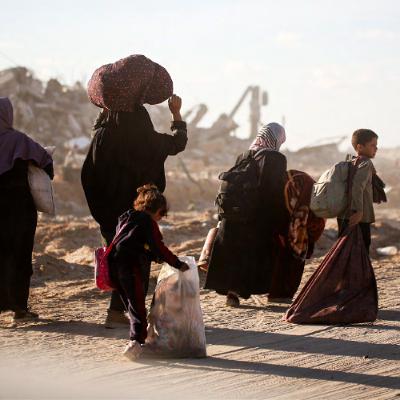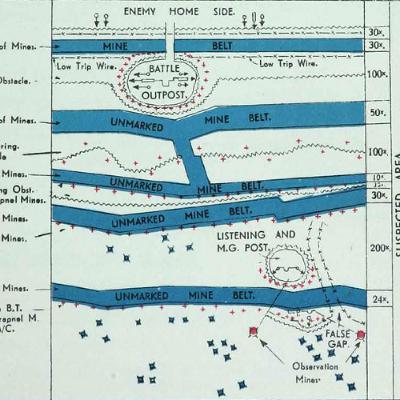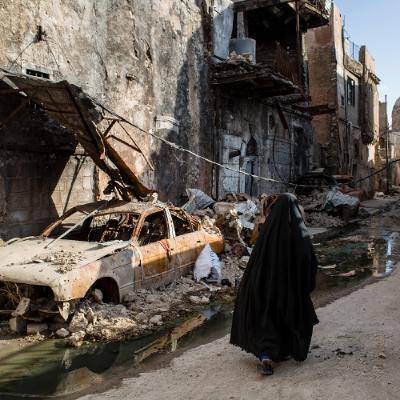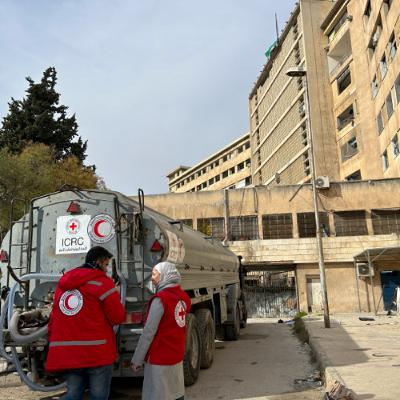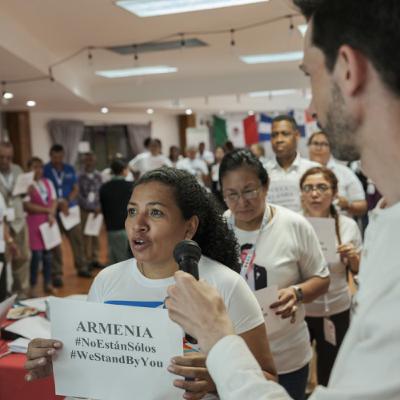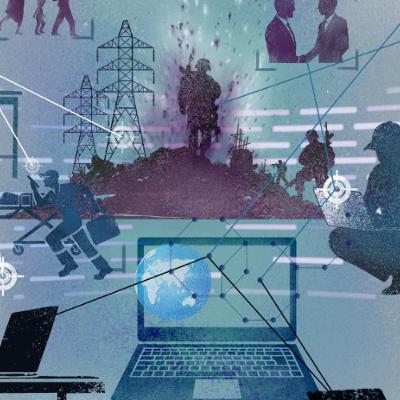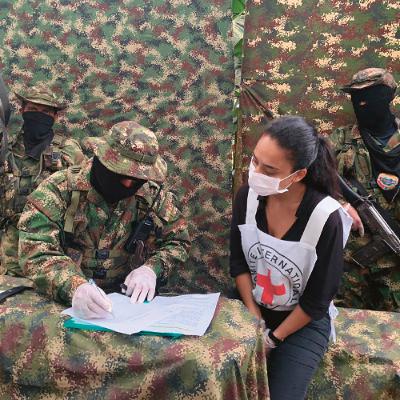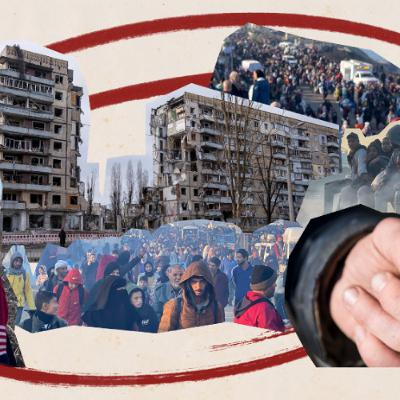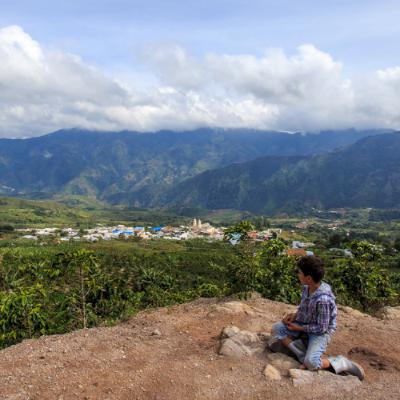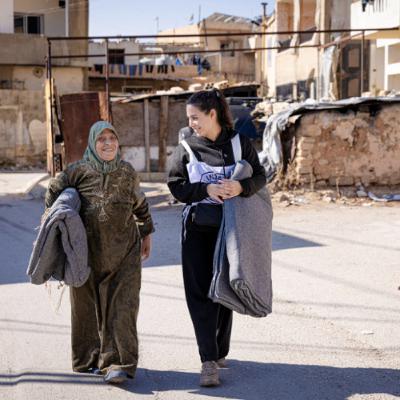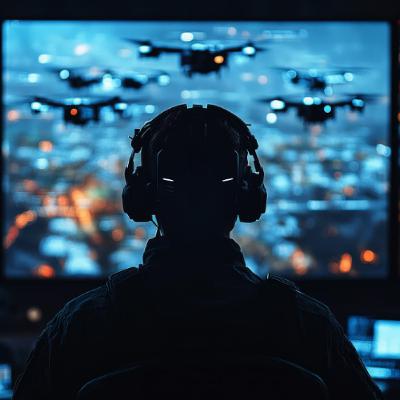The risks and legal limits of involving ‘self-defence groups’ in non-international armed conflict
Update: 2025-09-18
Description
Across contemporary armed conflicts, the presence of civilian groups who take up arms to defend their communities raises enduring and complex legal challenges. At what point do these groups become parties to an armed conflict or otherwise bound by IHL? Do civilians who participate in hostilities lose protection against attack, and if so, for how long? Who bears responsibility for ensuring that they, and other civilians drawn into conflict, respect IHL?
In this post, ICRC Legal Advisers Jelena Nikolic, Tilman Rodenhäuser and Thomas de Saint Maurice examine these questions in the context of non-international armed conflicts, seeking to help in the analysis of determining whether and at what point groups of civilians become parties to armed conflicts, what their legal obligations are, and who is responsible for their conduct.
In this post, ICRC Legal Advisers Jelena Nikolic, Tilman Rodenhäuser and Thomas de Saint Maurice examine these questions in the context of non-international armed conflicts, seeking to help in the analysis of determining whether and at what point groups of civilians become parties to armed conflicts, what their legal obligations are, and who is responsible for their conduct.
Comments
In Channel

